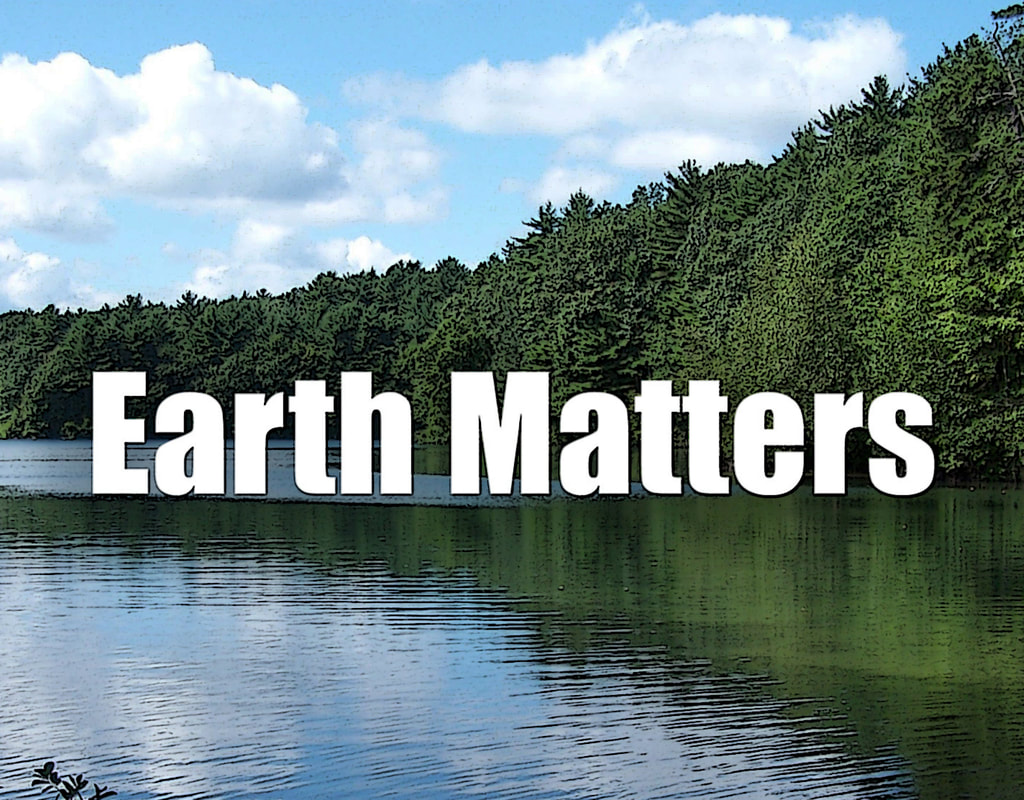|
Times Beach, Missouri is a modern day ghost town. Three decades after its dissolution, it still serves as an environmental cautionary tale we would be wise to heed. Most ghost towns of a century ago withered away when the economic reason for their existence faded. Interestingly, many met their demise because the resources that caused the town's growth became exhausted or obsolete. A classic, local example is Glenwhite, west of the Horseshoe Curve.
The Times Beach story was still connected to the environment, but in a much different way. It disappeared because it was poisoned. We will soon mark the 33rd anniversary of the US Environmental Protection Agency's (EPA) official announcement that Times Beach was so badly contaminated with the toxic and carcinogenic dioxin that it was unsafe to live there. A community about the size of Martinsburg, it was a short drive southwest of Saint Louis. It came to be as the result of a promotion by the Saint Louis Times in 1925 and was intended to be a beach community for summer homes along the Meramec River, hence the name Times Beach. But by the 1970s, the newspaper was long gone and the town was a struggling. By 1985, it ceased to exist. I traveled through Missouri on Interstate 44 in 1983 just nine months after the EPA announcement. When my traveling partners and I unexpectedly passed by the interchange for the community, we saw that the lettering had actually been removed from the exit sign. Only the outline of the words "Times Beach" was still visible. As we drove by, the EPA was in the process of removing everyone from the town. The demise of Times Beach was quite different from places like Love Canal, New York, where toxic chemicals had been dumped in lagoons or landfills. The Missouri town, by contrast, was rendered unlivable by the spreading of dioxin-laced oil along roads and horse farms in the community. The dioxin, a persistent chlorine-based chemical, had been produced as a by-product of the manufacturing of hexachlorophene, an antibacterial chemical used at the time in toothpaste, soap and disinfectants. It was manufactured by the Northeastern Pharmaceutical and Chemical Company, Inc. (NEPACCO) in nearby Verona. NEPACCO tried to reduce the amount of dioxin in the disinfectant (since it was going into consumer products) but produced a waste with very high levels of dioxin in the process. The oily by-product originally went to a toxic waste facility in Louisiana for incineration. But since incineration was so expensive, the company looked for other alternatives. A small local waste oil company owned by Russell Bliss eventually ended up with the toxic waste, mixing it with used motor oil. Bliss would ultimately use the concoction as a dust suppressant on several horse farms and later on the roads and roadsides in and around Times Beach. (Ignorance really was Bliss in a strange twist on the old saying.) Times Beach was just one of many hazardous waste nightmares that beset the nation in the seventies and eighties. Ironically, the obscenely expensive cleanups that resulted happened because of shortsighted efforts to save a few bucks. Historic background for this story came from Robert Hernan's book, This Borrowed Earth.
0 Comments
Your comment will be posted after it is approved.
Leave a Reply. |
Hazardous Chemicals
Vinyl Chloride
Drugs & the Environment The Dangers of the Rail The Town Erased by PCB Hazardous Waste: Being Smarter PCBs Live On Other Categories
|
|
All Original Material - Copyright © - All rights reserved. No part of this site may be used without written consent. Email John with questions.
Site Powered by Weebly. Managed by Brush Mountain Media LLC. |
© COPYRIGHT
2010-2023. |

